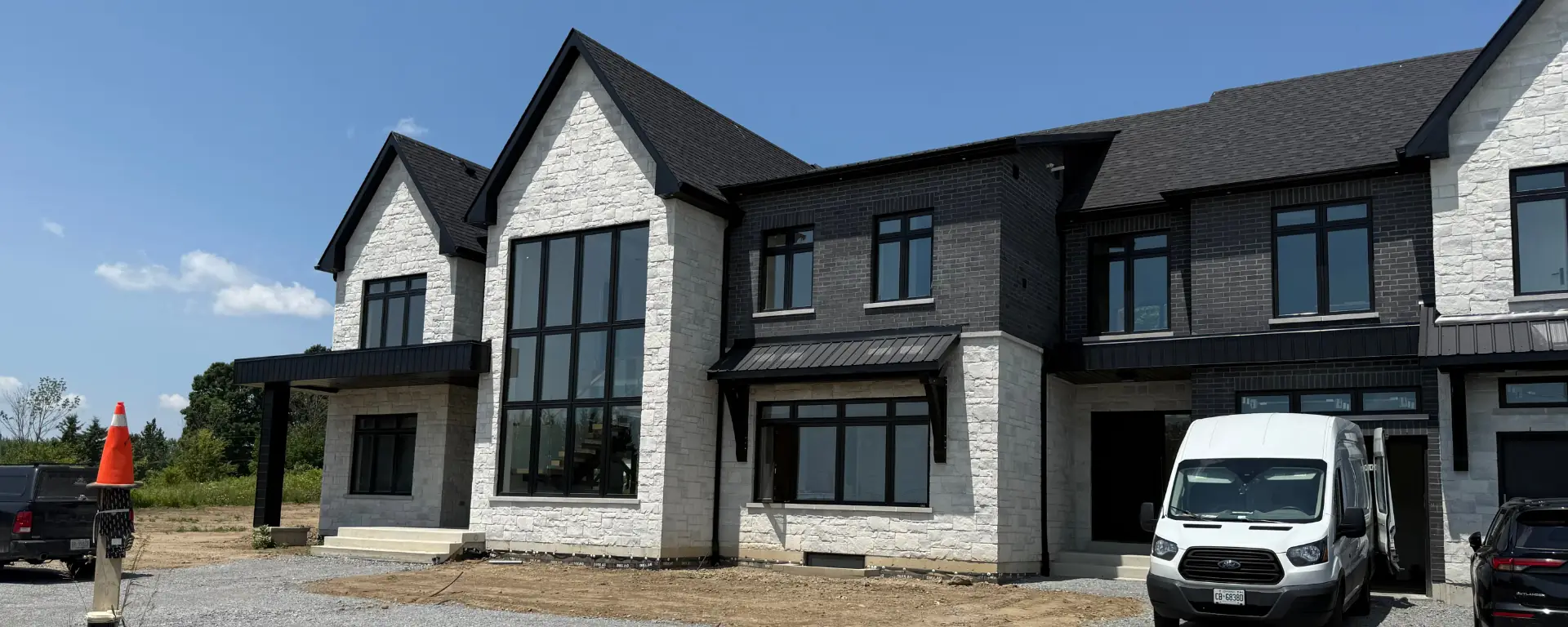
How to Match Paint with Architectural Style
Learn how to match paint with your home’s architectural style discover timeless color pairings that enhance character, balance design, and boost curb appeal.
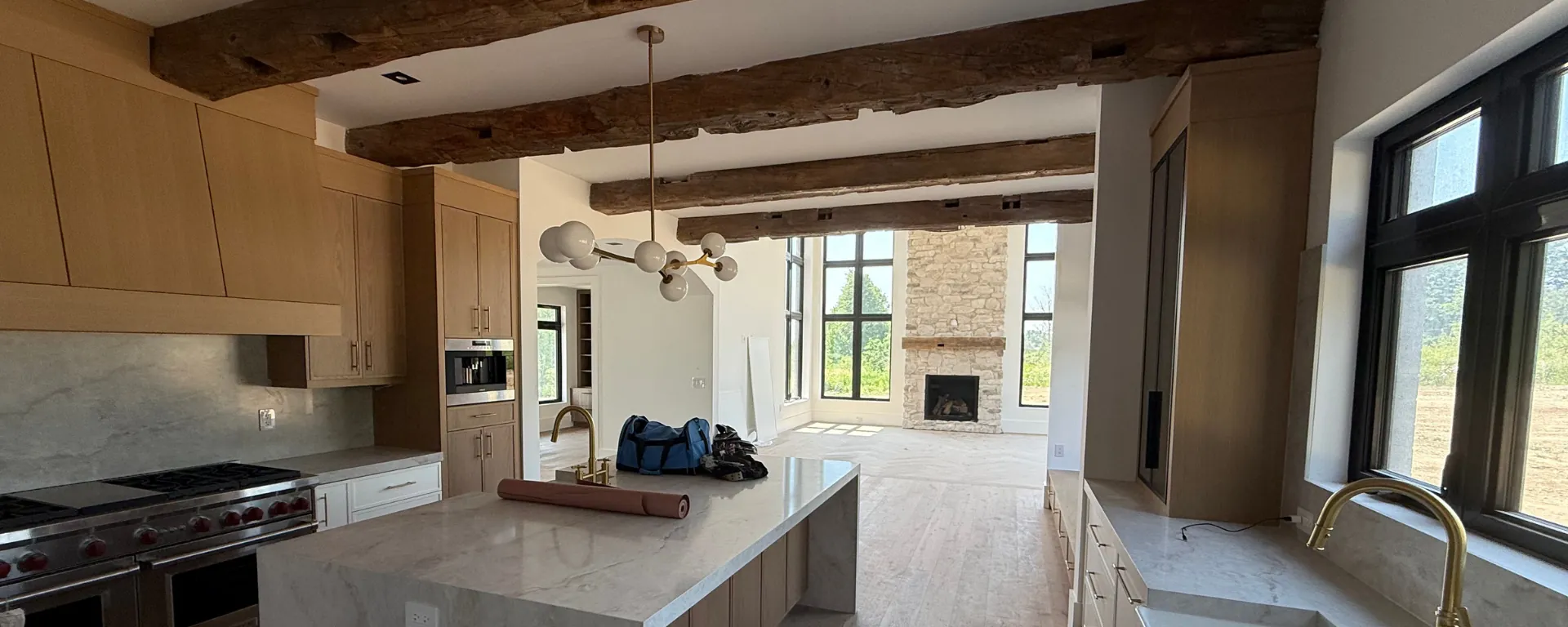
To calculate paint quantity, measure the total wall surface area, subtract doors and windows, and divide by the coverage rate on the paint can (usually 350–400 sq. ft. per gallon). Always plan for two coats and add a small buffer for touch-ups. This ensures consistency, prevents waste, and saves money in the long run.
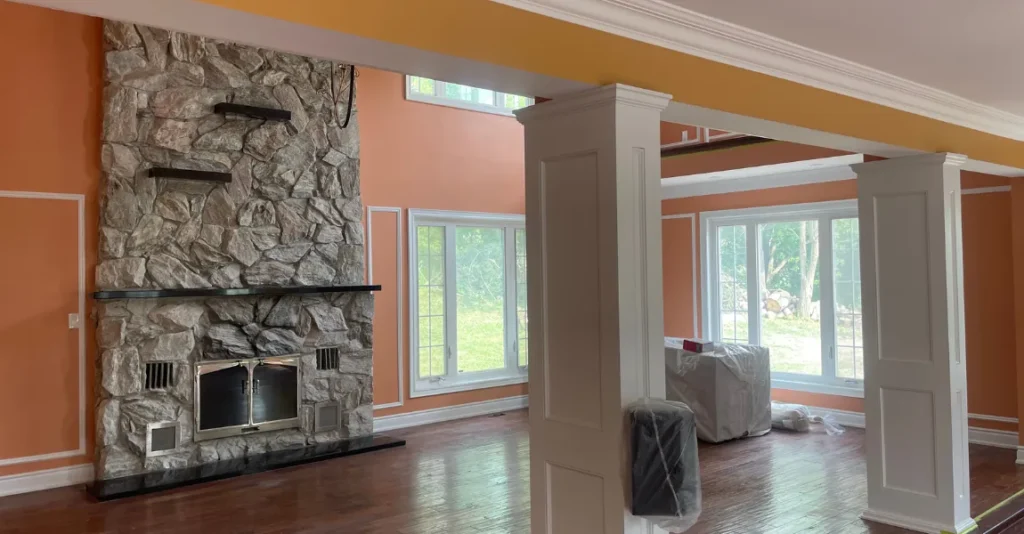
Paint is more than just decoration it’s an investment. Not only do you want your walls to look flawless, but you also want the finish to last. Buying the right amount of paint plays a bigger role in this than most realize. Overestimating means unnecessary costs, while underestimating forces you to buy additional paint that may come from a slightly different batch, resulting in visible shade differences on your walls.
Professionals never “guess” how much paint a project will need. They calculate it with precision to ensure the finish is consistent, durable, and cost-effective. That level of preparation is what separates a rushed DIY job from a polished, professional result.
The first step is straightforward: measure your walls. Take a tape measure and record the height and width of each wall, then multiply those numbers together to get the square footage. Do this for all the walls you plan to paint and add them up.
For example, a wall that is 12 feet wide and 8 feet high has 96 square feet of paintable surface. Repeat this for each wall until you have the total square footage of the room.
If you’re painting ceilings, siding, or trim, the same principle applies: measure length and width, then multiply to find the area.
Not every inch of wall space requires paint. Large openings like doors and windows reduce the overall paintable area, and factoring them in prevents overbuying. A standard door takes up about 20 square feet, while a standard window covers roughly 15 square feet. Subtract these areas from your total wall measurement.
For example, if you measured 400 square feet of wall space, but your room has one door and two windows (20 + 30 = 50 square feet), your actual paintable surface is 350 square feet.
Every paint can includes a coverage rate, which tells you how much surface one gallon will cover. On average, most paints cover 350 to 400 square feet per gallon. However, several factors can affect this number:
Surface texture: Smooth walls allow paint to spread further, while rough textures like stucco or brick absorb more paint, lowering coverage to around 250–300 sq. ft. per gallon.
Color choice: Darker colors or dramatic changes (like covering a navy wall with white) usually require more coats.
Paint quality: Premium paints often cover better than budget options.
While a single coat of paint may look acceptable at first glance, professionals almost always apply two coats for even coverage and long-term durability. One coat often leaves streaks or patchiness, especially when applying bold colors. A second coat ensures the surface is uniform, the color is richer, and the finish lasts longer.
To calculate accurately, multiply your wall area by two. For example, if your total paintable space is 350 square feet, plan for 700 square feet of coverage when estimating paint needs.
Even the most careful painter will need a little extra paint for touch-ups down the line. Whether it’s repairing a scuff, repainting a patched area, or fixing trim details, it pays to have some left over. Professionals typically recommend buying about 10% extra paint as a buffer. It’s a small investment that saves you from having to hunt down the same shade months later.
Let’s say you’re painting a 12 × 15 foot bedroom with 8-foot ceilings:
Step 1: Measure walls. Two 12 × 8 walls = 192 sq. ft. Two 15 × 8 walls = 240 sq. ft. Total = 432 sq. ft.
Step 2: Subtract openings. One door (20 sq. ft.) + two windows (30 sq. ft.) = 50 sq. ft. 432 – 50 = 382 sq. ft.
Step 3: Check coverage. With paint covering 350 sq. ft. per gallon, one coat = 1.09 gallons.
Step 4: Factor in two coats. 1.09 × 2 = 2.18 gallons.
Step 5: Add extra. Rounding up for touch-ups, you’ll need 3 gallons total.
That’s the kind of calculation professionals do before opening a single can.
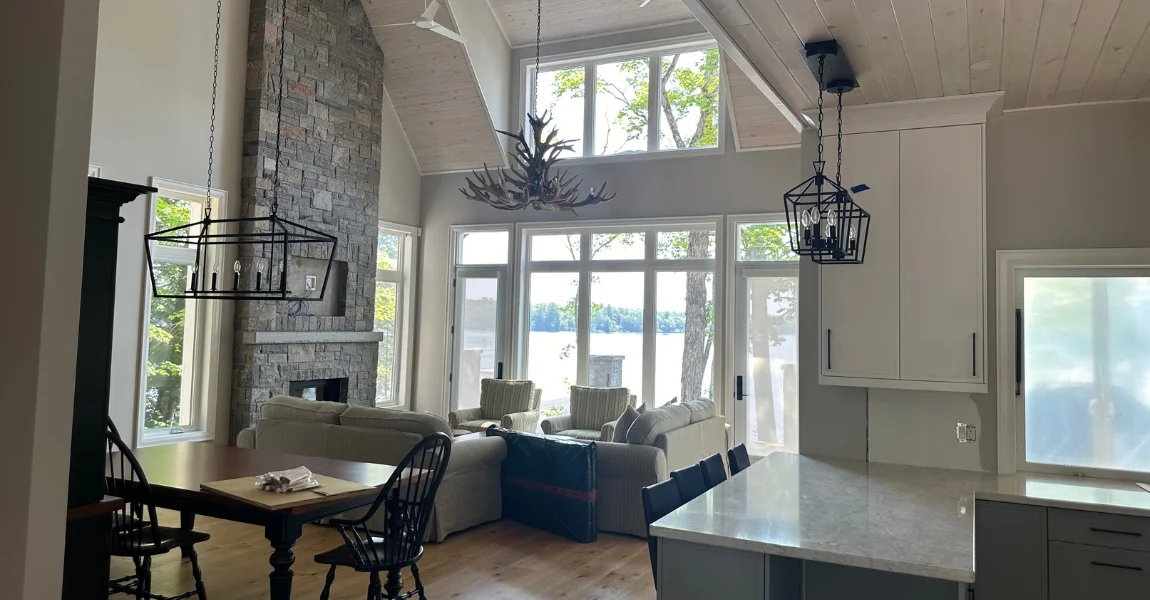
Accurately calculating paint quantity may seem like a small detail, but it’s one of the most important steps in ensuring a smooth, efficient project. By measuring carefully, accounting for openings, checking paint coverage, and planning for two coats, you’ll avoid last minute shortages, unnecessary expenses, and inconsistent finishes.
At Guilds Painting, we take the guesswork out of paint planning. Our team measures every surface with precision and selects the right amount of product to ensure flawless, lasting results no waste, no shortages, just perfect coverage.

Learn how to match paint with your home’s architectural style discover timeless color pairings that enhance character, balance design, and boost curb appeal.

2025 marks a new era of collaboration discover why strategic partnerships between trades are key to stability, growth, and smoother construction projects.

Learn how to spot early signs it’s time to repaint peeling, fading, cracks, and stains can signal wear. Keep your home fresh and protected with timely updates.
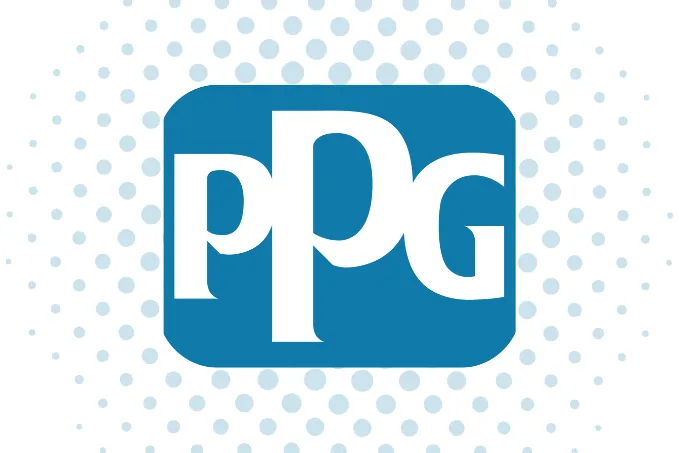
PPG sells its U.S. and Canadian architectural coatings business to American Industrial Partners, reshaping paint brands, pricing, and supply across North America.
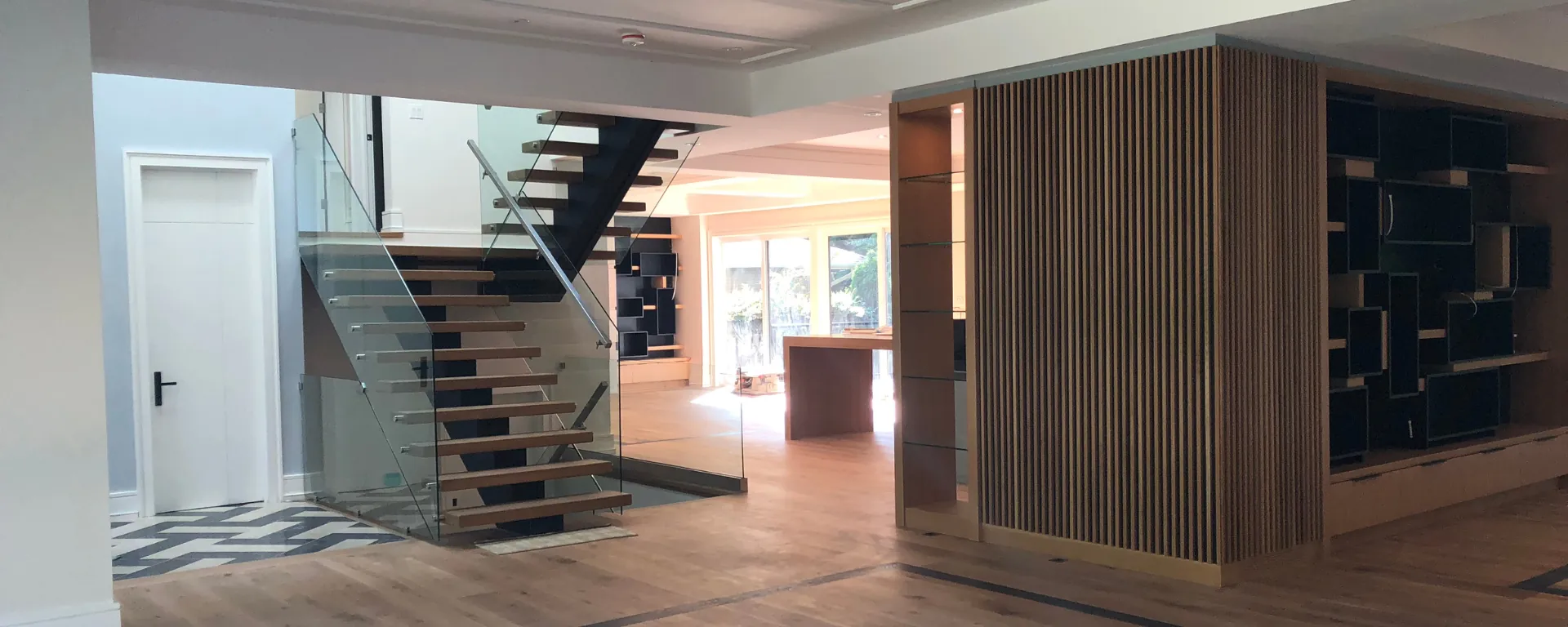
Master surface preparation before painting learn pro tips for cleaning, sanding, patching, and priming to achieve flawless, long-lasting paint results every time.
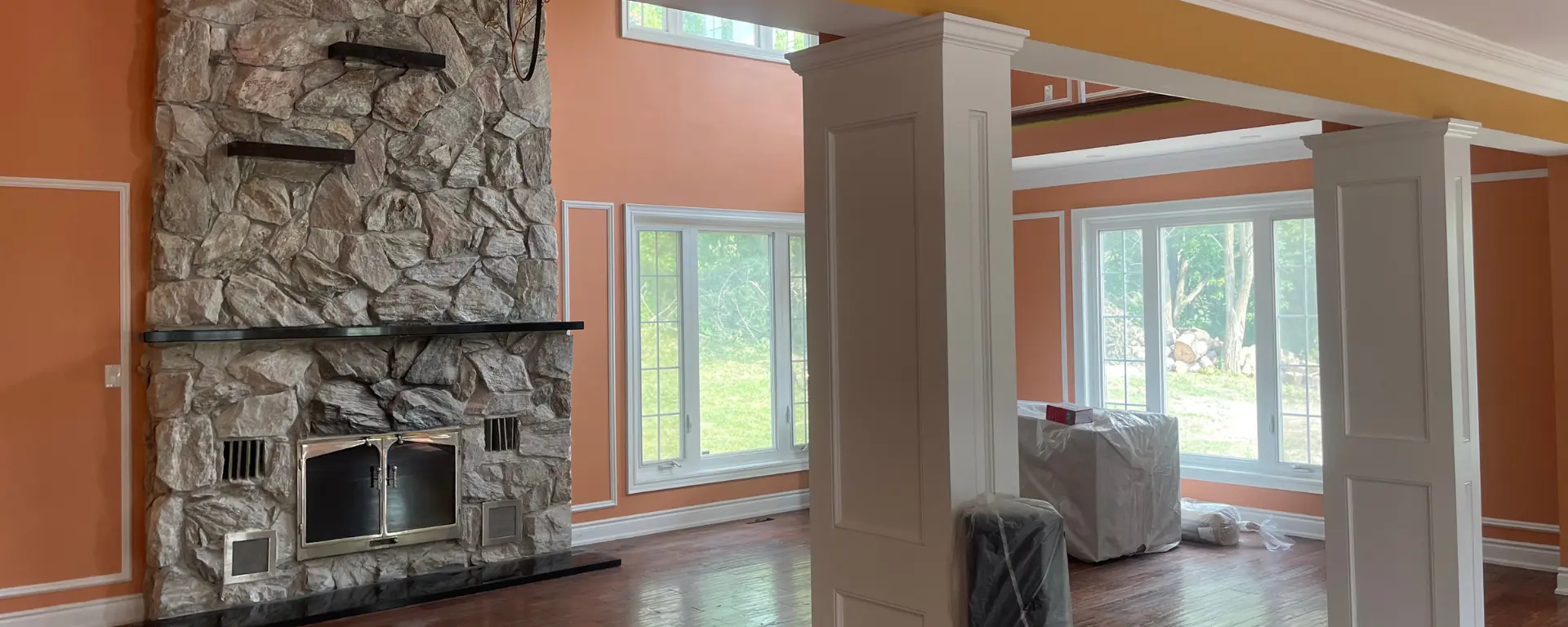
Discover creative ways to use bold colors in your space learn how to balance vibrant tones with neutrals to create depth, personality, and modern style.
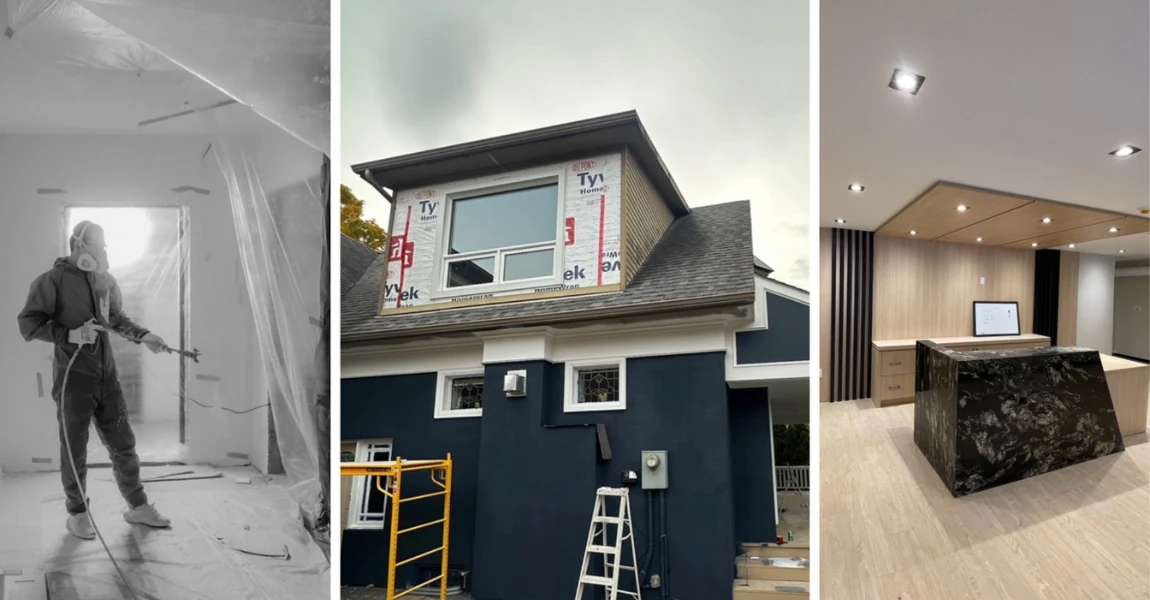
Sherwin-Williams’ revised 2025 profit forecast signals rising costs and shifting demand here’s how it impacts contractors, homeowners, and paint projects ahead.

Understand paint sheen differences learn how matte, eggshell, satin, semi-gloss, and gloss finishes affect look, durability, and the best spaces to use each.

Sherwin-Williams lowers its 2025 profit forecast amid soft demand what this means for paint prices, contractors, and the future of the coatings industry.
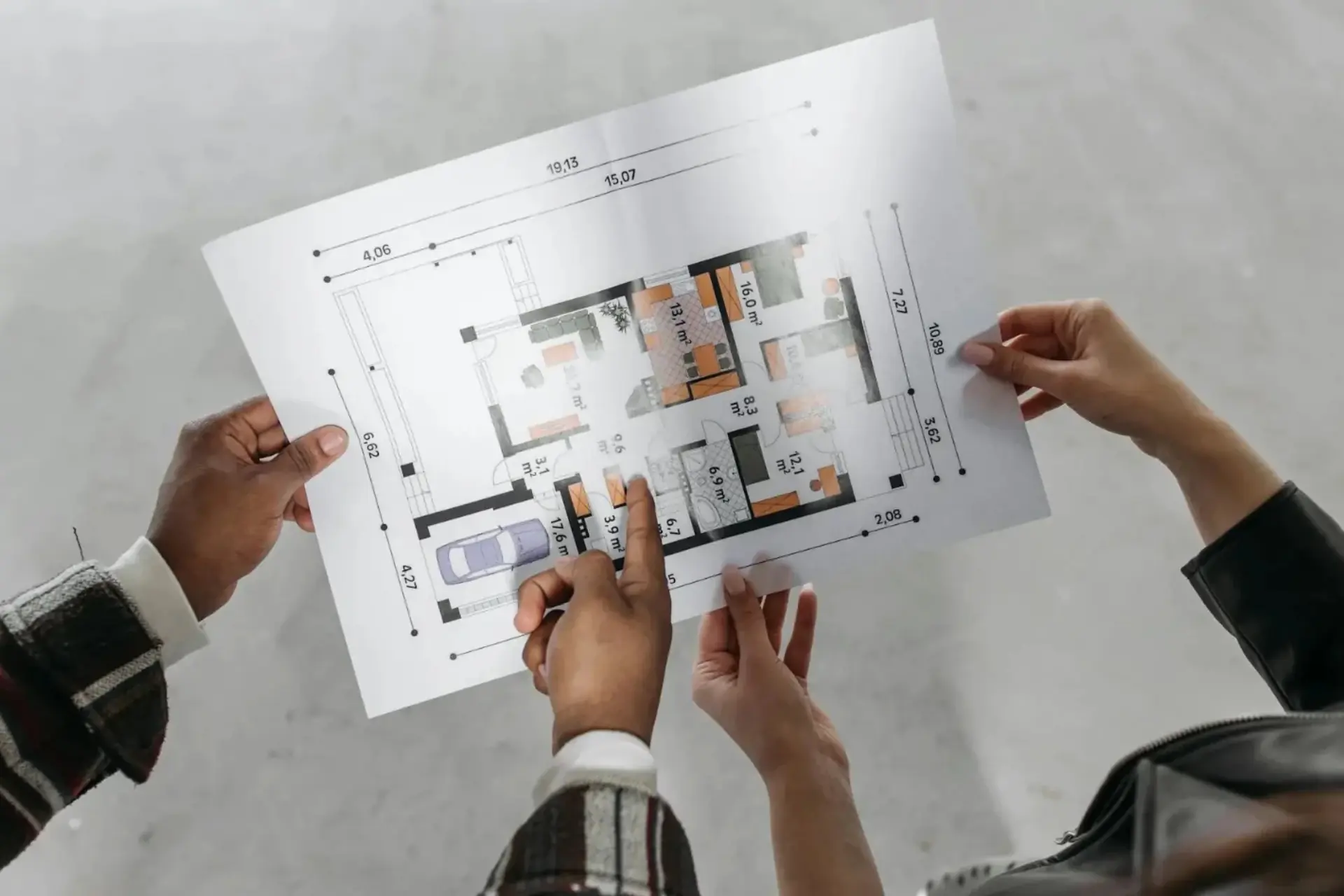
Unravel the complexities of house painting costs with our detailed guide. Discover what factors influence both interior and exterior painting expenses and how to budget for your project.
Fill out the form below and we’ll be in touch to discuss your painting needs, answer your questions, and provide a clear quote for your project.